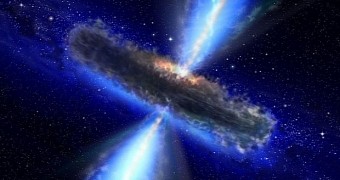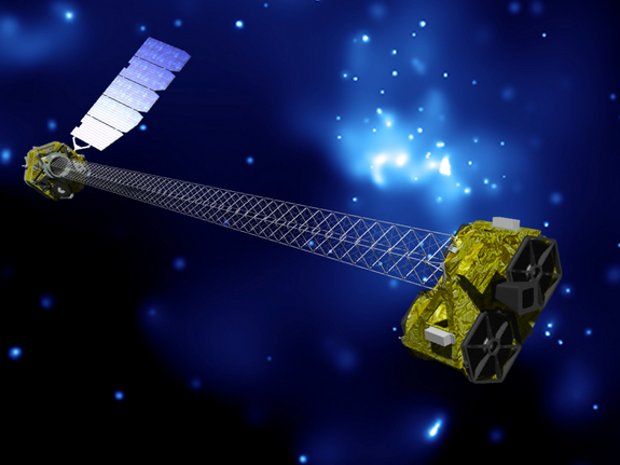This Monday, July 6, scientists speaking at a meeting of the Royal Astronomical Society in Llandudno, Wales, announced the discovery of a total of five previously undocumented supermassive black holes.
The newly discovered black holes, each located at the core of a galaxy, cannot be directly observed. This is because they are hidden behind massive amounts of gas and dust.
To locate them, astronomers used NASA's NuSTAR (Nuclear Spectroscopic Telescope Array) satellite observatory to zoom in on high-energy X-rays originating from them.
“High-energy X-rays are more penetrating than low-energy X-rays, so we can see deeper into the gas burying the black holes,” explains researcher Daniel Stern.
“NuSTAR allows us to see how big the hidden monsters are and is helping us learn why only some black holes appear obscured,” the astronomer further details.
Rather than be on a time-out, the five supermassive black holes identified with the help of NASA's NuSTAR are now gorging on the matter surrounding them and producing loads of radiation.
Having found these previously unknown black holes lurking behind mammoth clouds of cosmic gas and dust, astronomers cannot help but wonder whether there are many more to be found.
Thus, they theorize that the universe could pack millions more supermassive black holes than assumed, and the only reason we are not aware of their existence is that they are hidden from direct view.

 14 DAY TRIAL //
14 DAY TRIAL // 

